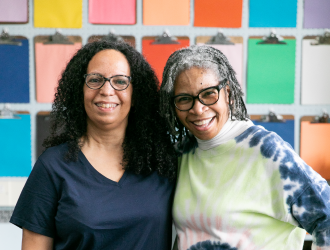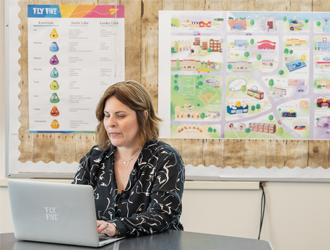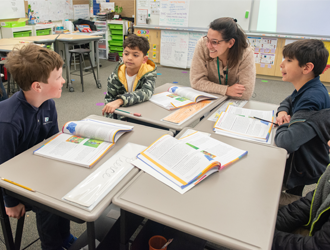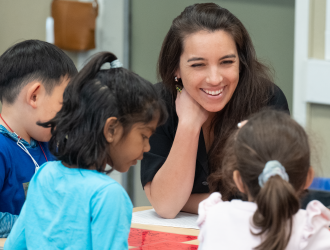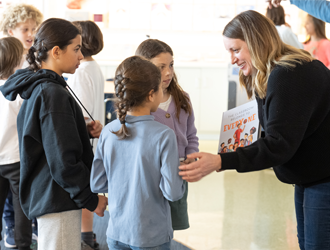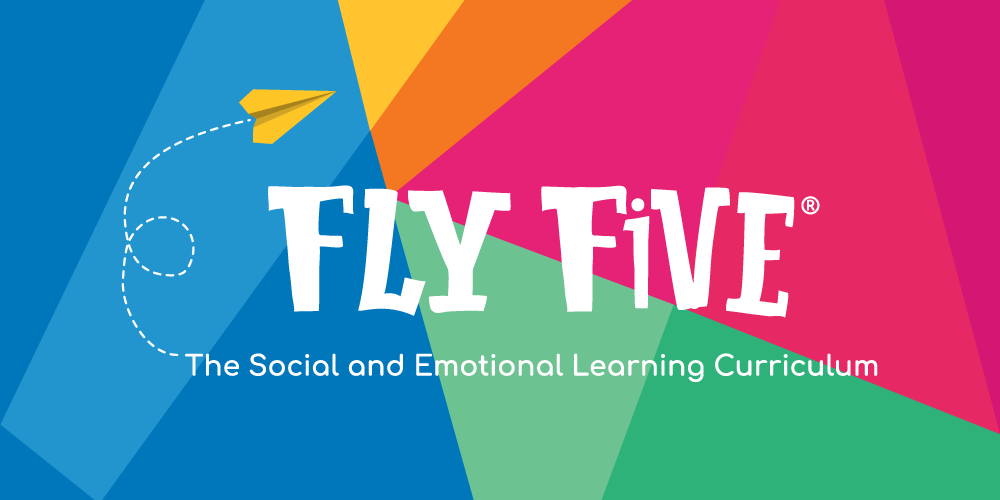The Components of Compromise
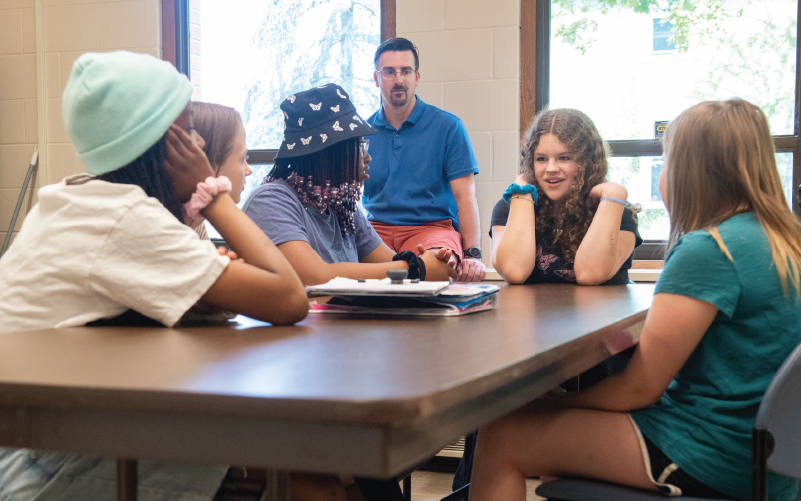
The Art of Compromise
Every day we make compromises in order to work through differences with others—whether in the workplace or at home—and we use problem-solving skills in order to achieve group goals and not just serve our own agenda. When both students and adults stay open to new ideas, they practice flexibility and seeing from another’s point of view.
As students grow, they are better able to practice skills that focus on conflict resolution by engaging in valuable problem-solving strategies, practicing effective listening, and thinking critically and creatively (Hart, n.d), all of which are essential life skills. Consider the following scenario: Two students are discussing a homework assignment, and one of the students believes the other is not understanding how to approach the instructions. The first student might try to convince the other that they are wrong, while the second student might dig their heels in by insisting that they are right. In this scenario, both students are likely to become frustrated with each other. Educators can teach students to approach moments of conflict, both big and small, with respect for their fellow classmates and the outcome.
When students are actively working to compromise or caught in a challenging moment, social and emotional skills are pivotal to problem-solving productively and with empathy for others. Teachers can continue fostering these skills by making sure the classroom has shared space for both the individual student and the group, balancing rules with positive reinforcement, and inviting students to come up with compromises that suit their needs for each grade level.
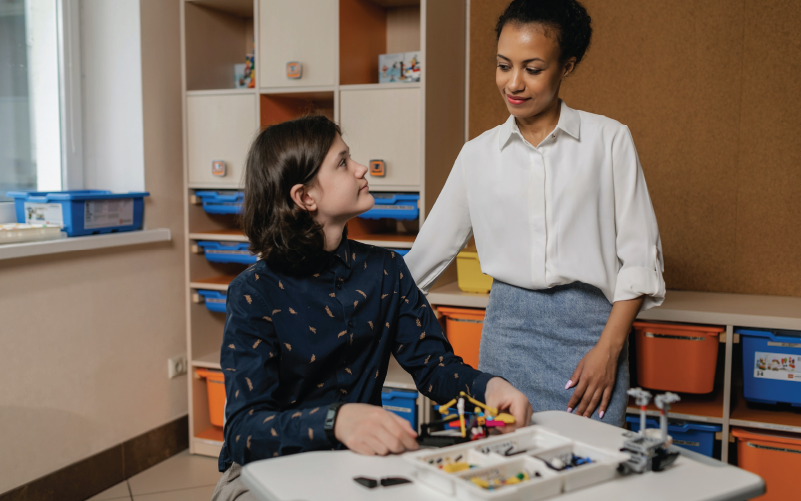
Compromise at Every Age and Stage
As a teacher, it is essential to recognize what compromise looks and sounds like at each’ grade level. In general, students in grades K–2 and 3–5 are beginning to compromise on smaller issues, like what games to play or what to eat for lunch. Students in grades 6–8 may be able to compromise on larger issues, like what classes to take or what club to join. Below is a selection of skills that students develop at different stages and that may impact what compromise looks and sounds like for your students (Wood, 2017).
Students in Grades K–2:
- At this age, students love working with others but struggle to understand things from perspectives that are different from their own. They need explicit guidance when learning how to compromise and benefit from seeing someone model this skill before acting it out themselves.
Students in Grades 3–5:
- During these years, students have an increasing desire to feel a sense of unity with their peers, and their sense of right and wrong begins to mature. They are also developing the abilities to problem-solve, peer mediate, and negotiate with others and are more inclined to cooperate and be flexible in their decision-making.
Students in Grades 6–8:
- Students in these grades have a heightened ability to see from multiple perspectives and think critically about solutions but still like to argue from one point of view. They are also learning a great deal through collaborative work with their peers.
Opportunities to Foster Compromise
Fostering compromise in and out of the classroom is especially important when working on group projects or tasks, as it encourages students to work together and learn from one another. Additionally, compromising can help to prevent arguments and conflict among classmates. Outside of the classroom, compromising allows for people to cooperate and collaborate on projects, whether professional or personal. By working together to find a middle ground, teachers can help students maintain healthy relationships and resolve disagreements in a constructive manner. Here are some strategies to implement in the classroom to help your students foster the ability to compromise:
- Engage in mindfulness activities. Mindfulness helps students to regulate their emotions, which is crucial for resolving conflicts with others (Fountain, 2019). When we experience differences with others, big emotions may arise and engaging in mindfulness (such as deep breathing, meditation, or journaling) can help students remain self-aware and in the present moment.
- Talk through conflicts with students. Sometimes students may have difficulty working through conflicts on their own. Establish open communication and trust throughout the school year (Levi, 2001) so that students are comfortable coming to you for support when needed.
- Make sure each student is equally seen and heard. As students learn to work together, it is important that their roles within the group are clearly defined. Studies show that groups who feel more a part of the collective, or share an equal role, are more likely to avoid conflict, more likely to raise questions and concerns respectfully, and have higher rates of cooperation (Boroş et al., 2010). Encourage students to ask more questions about their classmates beliefs, and make sure all feel seen and heard.
Compromise is essential to creating an environment in which everyone can work together, feel like their voice is heard, and collaborate meaningfully. Taking the time to understand compromise within different age groups can help you give students the tools they need to be successful in and out of the classroom.
References
Boroş, S., Meslec, N., Curşeu, P. L., & Emons, W. (2010). Struggles for cooperation: Conflict resolution strategies in multicultural groups. Journal of Managerial Psychology, 25(5): 539–554. https://doi.org/10.1108/02683941011048418
Fountain, S. H. (2019). Emotional self-management and transfer of learning in a conflict resolution course for adults: The role of mindfulness. [Doctoral dissertation, Teachers College, Columbia University]. Columbia Academic Commons. https://doi.org/10.7916/d8-nych-x517
Hart, K. (n.d.). Conflict resolution at school and on the playground. Rutgers New Jersey State Policy Lab. https://policylab.rutgers.edu/conflict-resolution-on-the-playground/
Levi, D. (2001). Group dynamics for teams. Sage Publications.
Wood, Chip. (2017). Yardsticks: Child and adolescent development ages 4–14. Center for Responsive Schools.



